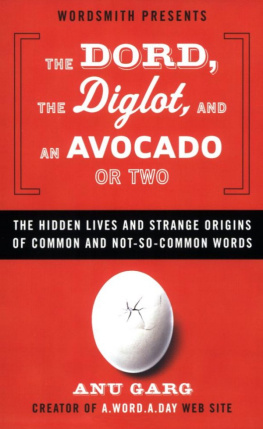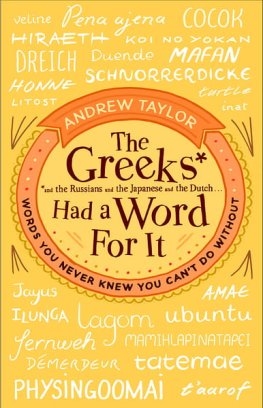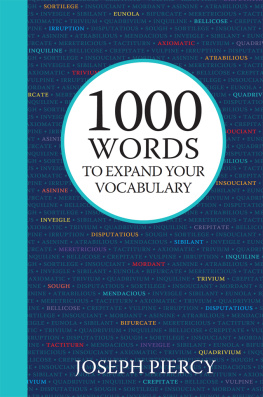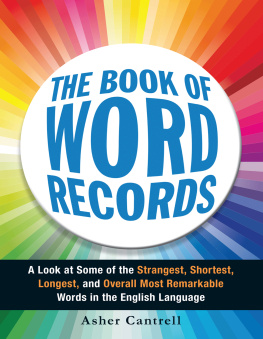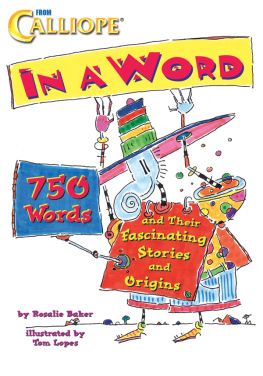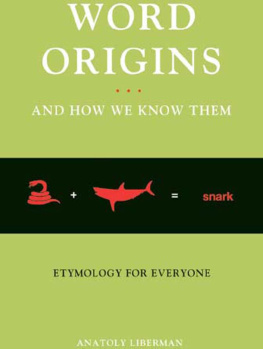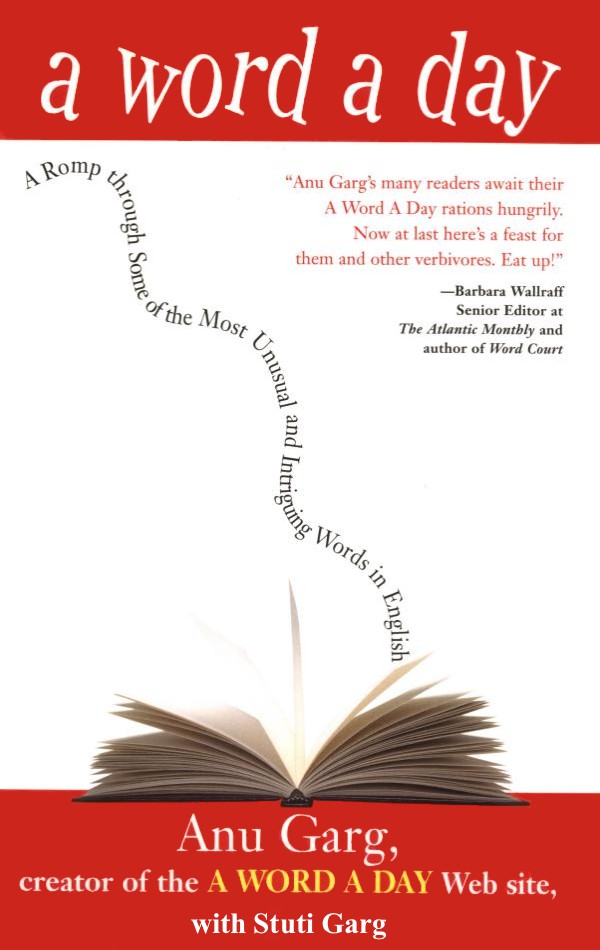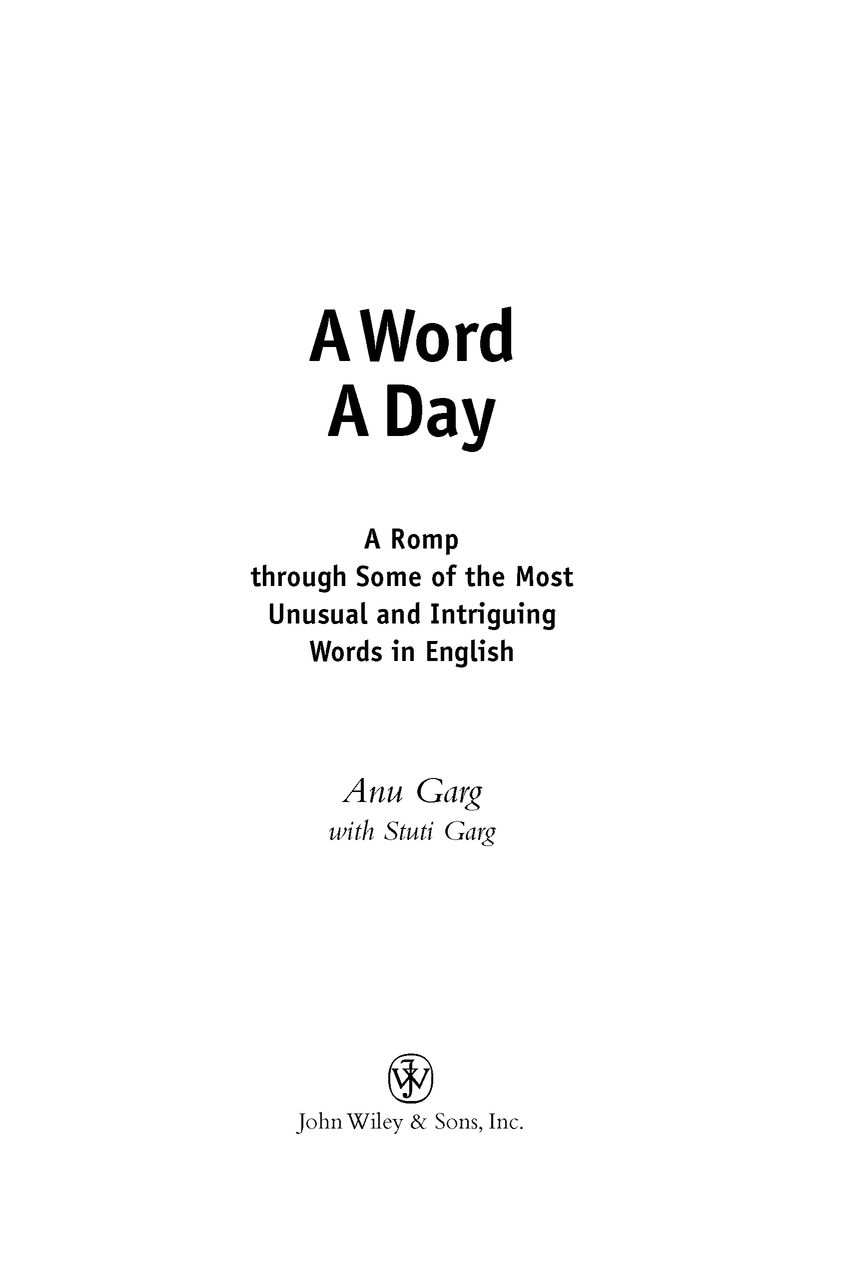Table of Contents
Copyright 2003 by Anu Garg and Stuti Garg. All rights reserved
Published by John Wiley & Sons, Inc., Hoboken, New Jersey
Published simultaneously in Canada
No part of this publication may be reproduced, stored in a retrieval system or transmitted in any form or by any means, electronic, mechanical, photocopying, recording, scanning or otherwise, except as permitted under Sections 107 or 108 of the 1976 United States Copyright Act, without either the prior written permission of the Publisher, or authorization through payment of the appropriate per-copy fee to the Copyright Clearance Center, 222 Rosewood Drive, Danvers, MA 01923, (978) 750-8400, fax (978) 646-8600, or on the web at www.copyright.com. Requests to the Publisher for permission should be addressed to the Permissions Department, John Wiley & Sons, Inc., 111 River Street, Hoboken, NJ 07030, (201) 748-6011, fax (201) 748-6008, or online at http://www.wiley.com/go/permissions.
Limit of Liability/Disclaimer of Warranty: While the publisher and the author have used their best efforts in preparing this book, they make no representations or warranties with respect to the accuracy or completeness of the contents of this book and specifically disclaim any implied warranties of merchantability or fitness for a particular purpose. No warranty may be created or extended by sales representatives or written sales materials. The advice and strategies contained herein may not be suitable for your situation.You should consult with a professional where appropriate. Neither the publisher nor the author shall be liable for any loss of profit or any other commercial damages, including but not limited to special, incidental, consequential, or other damages.
For general information about our other products and services, please contact our Customer Care Department within the United States at (800) 762-2974, outside the United States at (317) 572-3993 or fax (317) 572-4002.
Wiley also publishes its books in a variety of electronic formats. Some content that appears in print may not be available in electronic books. For more information about Wiley products, visit our web site at www.wiley.com.
Library of Congress Cataloging-in-Publication Data
Garg, Anu.
A word a day : a romp through some of the most unusual and intriguing words in English / Anu Garg ; with Stuti Garg.
p. cm.
Includes bibliographical references and index.
ISBN 0-471-23032-4 (pbk.)
1. Vocabulary. 2. English languageGlossaries, vocabularies, etc. I. Garg, Stuti, 1971- II. Title.
PE1449.G335 2002
428.1dc21
2002032388
Every word was once a poem.
RALPH WALDO EMERSON
What are you doing, Daddy?
Im writing a book, Ananya.
What kind of book?
Its a book of words.
OK, can you write cat?
Well, its supposed to be a book of big and hard words.
OK, how about peacock?
Thats fine.
And how about heart and snowflake and teddy bear and dark green and purple and telephone and sun ... I want to write a book too!
Sometimes simpler words are more profound.
Acknowledgments
A number of people contributed to make this book possible. A big thank-you to all the linguaphiles on A.Word.A.Day (AWAD) for being a part of the AWAD community. Weve learned much from you. Thanks to Carolanne Reynolds for reviewing drafts of the book and for her comments. Thank you to Todd Derr and Eric Shackle for their dedication to AWAD.
Thank you to Chip Rossetti, our editor, for believing in this book and for steering it to completion.
Special thanks to Bill Holland for his support.
A humble thank-you to our parents for their blessings.
A bow to our guru.
Introduction
This is a book of words. But then, all books are books of words. This book is an expression of the joy of words, the magic of words, the music of words. Its a book of words arranged in many thematic bouquets, each bouquet collecting words of a kind. Words that make us laugh, words that make us feel incredulous, words that pack a whole story in just a few letters, words that delight us, and words of many other shapes, sizes, and hues.
Perhaps its no coincidence that the word words is an anagram of sword. Well-used words cut through ambiguity and confusion like a sharp sword in the hands of an expert swordsman. Like a fencer with a whole supply of moves, feints, and parries, a person with a large and varied vocabulary at her command can find just the right word for the occasion. Whether we realize it or not, words touch something deep within all of us, for what would we be without words? Words move us, inspire, animate, motivate, challenge, and delight us. Its what this whole book is about.
Take the word delight, for instance. Are we put into dark when we are de-lighted? Not exactly. The word delite might sound like a corruption of the word brought forth by some marketer, but thats the source of the word. The word delight came to us from earlier delite, which ultimately is from the same source as the word delectable.
Would you believe that lettuce is a cousin of milk; that corduroy literally means the cloth of the king (and hence the king of cloth?); that salary comes to us from salt; that trivia takes its origins from cross-roads; that when you flex your muscles, you are moving mice, etymologically speaking; that cockamamie draws inspiration from fake tattoos; that carnival rose from the idea of taking meat away during Lent; that cynic has its origins in canines. Countless other words have similarly surprising derivations.Thats the marvel of words, leading us to unexpected corners waiting to be discovered.
Then there is arrangement of letters. Not one or two, but dozens of words have all five vowels in them. And there are many with all five vowels in order, such as facetious and abstemious, to name two examples. There are words within words; for instance, tiger is inside dentigerous (one having teeth). And there are semordnilaps, or words that are formed by reversing other words, such as drab and bard.
Going down from words to letters, did you know that all continents begin and end with the same letter? And that all, except Europe, begin and end with the letter A? Isnt it interesting to know that Q is the only letter in the alphabet that does not appear in the name of any state of the United States?
How do you remember the difference between the two kinds of camels, dromedaries and bactrians? Easy! Notice the beginning letters: one bump in a D, two bumps in a B. When you visit a cave and marvel at natures enchanting formations, which are stalagmites and which ones stalactites? Stalagmites are formed on the ground while stalactites hang from the ceiling.
Open the dictionary and feast on the words. The bigger the betteran unabridged is the bestand discover that world where each word is a world in itself. Mark Twain, that master of words, once jocularly observed about a dictionary, I have studied it often, but I never could discover the plot. Well, a dictionary is a place where each word has a plot, a whole history behind it. Each word has its own biographywe call it etymology. They change, they evolve, they adapt, they die, and they get revived.


